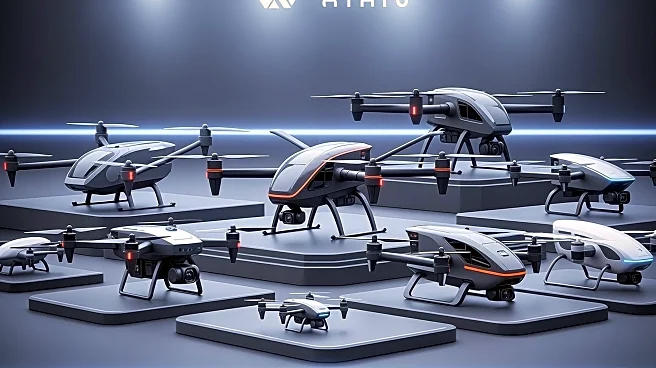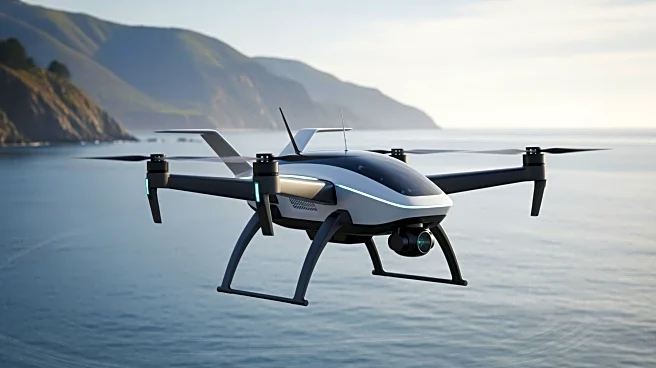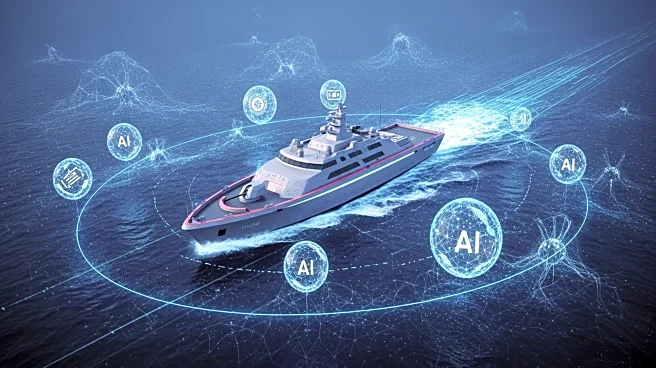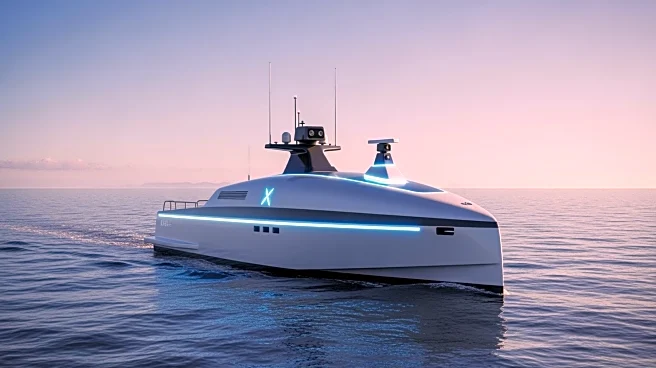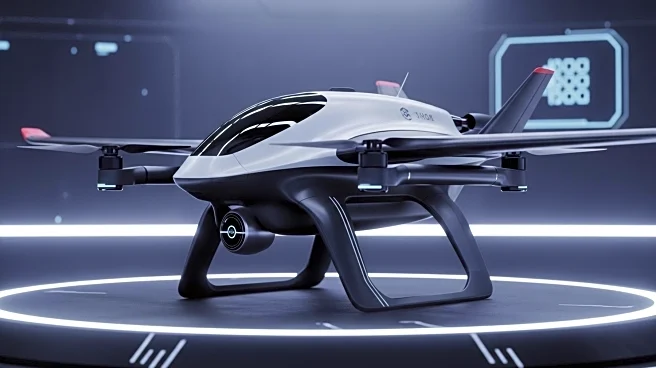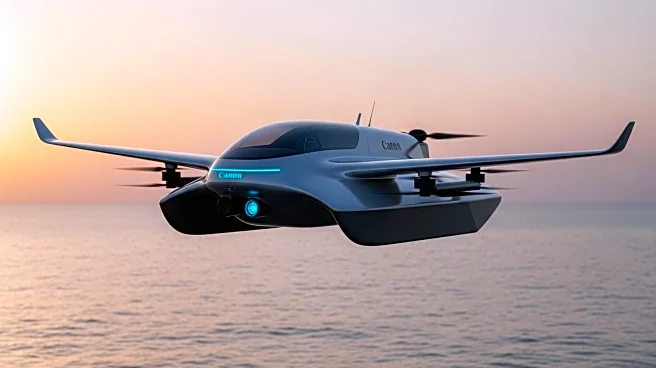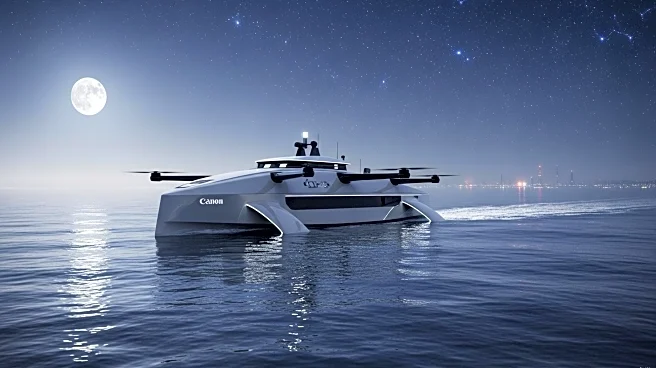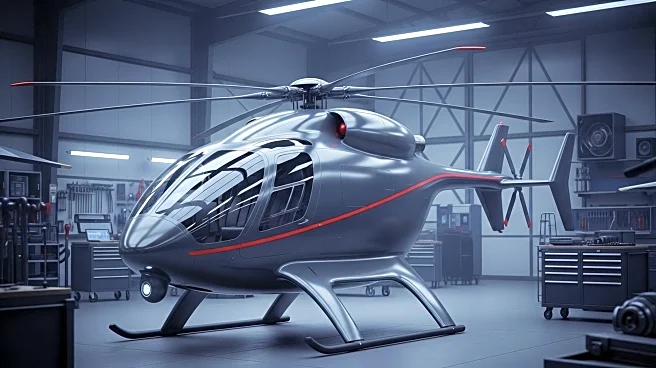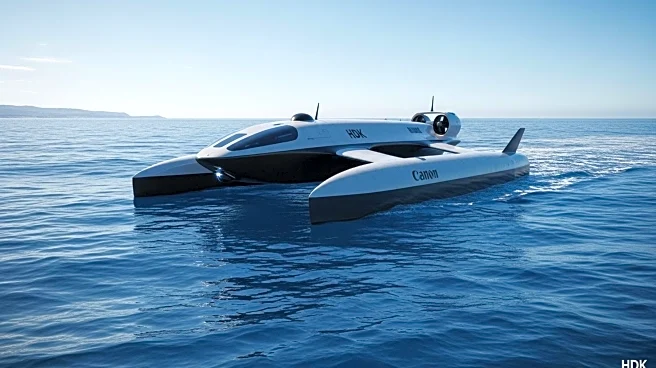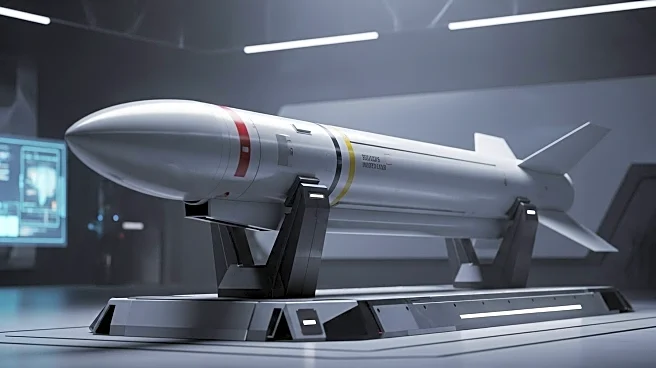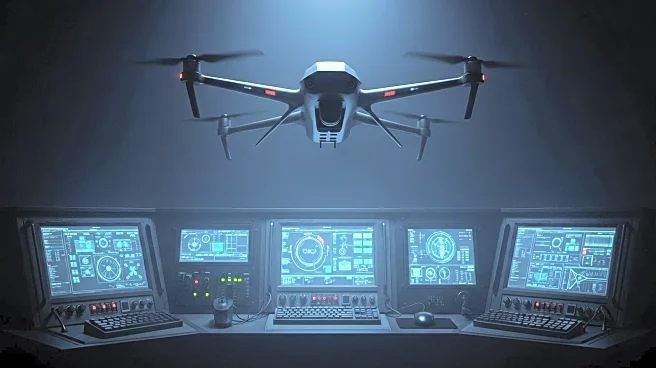What's Happening?
Sikorsky, a Lockheed Martin company, has introduced its Nomad family of Uncrewed Aircraft Systems (UAS), designed to support a variety of missions on land and sea. The Nomad drones feature a twin proprotor
design that combines helicopter versatility with the speed and range of fixed-wing aircraft. These drones can take off, hover, and land vertically, as well as cruise for extended periods. The Nomad family is scalable, ranging from Group 3 UAS (56 pounds to 1,320 pounds) to Group 4/5 (1,320 pounds and above), allowing for adaptability across different mission requirements. The drones are operated using Sikorsky's MATRIX autonomy technology, which integrates seamlessly with rotary and fixed-wing aircraft. MATRIX technology, developed by Sikorsky Innovations and DARPA, has been demonstrated in applications such as aerial firefighting and logistics resupply.
Why It's Important?
The introduction of the Nomad family of drones represents a significant advancement in autonomous aviation technology, offering enhanced capabilities for defense, national security, and civilian applications. The scalable design allows for greater speed, extended range, and increased payload capacity, making these drones versatile tools for various missions. The ability to operate autonomously and adapt to different environments provides strategic advantages, particularly in regions like the Indo-Pacific. This development aligns with feedback from the Pentagon, emphasizing rapid deployment and operational flexibility. The Nomad drones complement existing aircraft like the Black Hawk, enhancing mission effectiveness and maintaining strategic superiority.
What's Next?
Sikorsky is currently building the Nomad 100 aircraft, a Group 3 variant with an 18-ft wingspan, expected to have its first flight in the coming months. The company plans to continue developing the Nomad family, focusing on expanding its capabilities and applications. As these drones become operational, they are likely to be integrated into various military and civilian operations, potentially influencing future defense strategies and technological advancements in autonomous systems. Stakeholders, including military leaders and civilian organizations, may explore further applications and collaborations to maximize the potential of these drones.
Beyond the Headlines
The Nomad drones' ability to operate autonomously and adapt to diverse environments raises important considerations regarding the ethical and legal implications of autonomous systems in military and civilian contexts. As these technologies evolve, discussions around regulations, accountability, and the role of human oversight in autonomous operations will become increasingly relevant. Additionally, the integration of advanced autonomy technology like MATRIX may drive innovation in other sectors, potentially influencing the development of new applications and industries.
